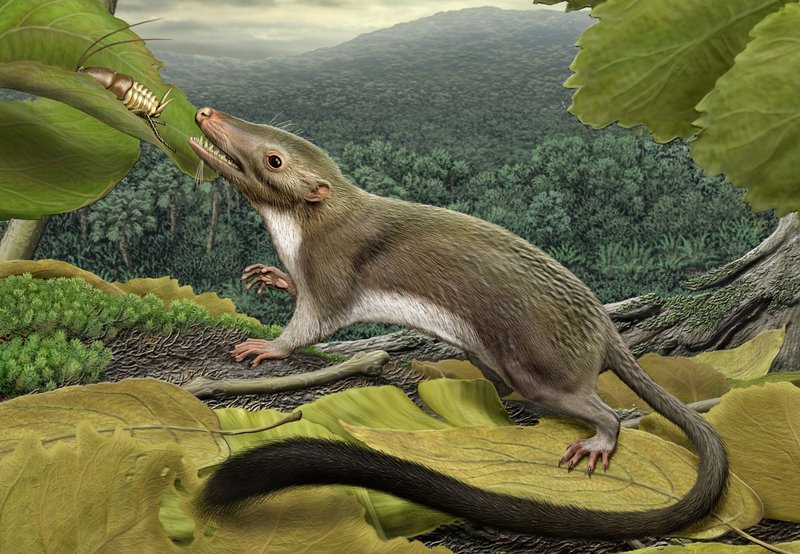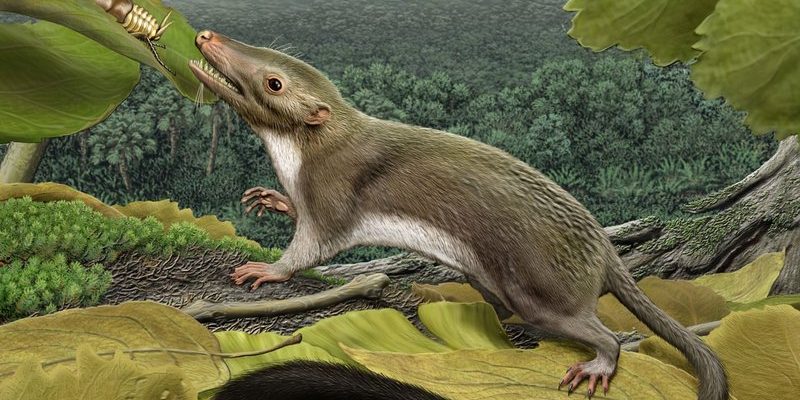
In this journey through time, we’ll explore how shrews came to be, their adaptations, and why they matter in the ecosystem. So, grab a cup of coffee, and let’s delve into the intriguing life of shrews!
What Are Shrews?
Shrews belong to the family Soricidae, which is part of the order Eulipotyphla. They can be found in various environments, from forests to grasslands, and even in gardens. With over 300 species, shrews are small—most of them weigh less than a typical sugar packet—yet they play critical roles in their habitats.
Interestingly, shrews are not rodents, even though they might look similar. They have unique features, such as long snouts and sharp teeth. Their fast metabolism requires them to eat frequently, often consuming more than their own body weight each day. This makes them relentless hunters, feeding on insects, worms, and even small mammals.
You might be wondering about their place in the food chain. Shrews are both predators and prey. They keep insect populations in check while serving as a food source for owls, snakes, and other predators.
A Glimpse into Their Ancestry
The story of shrew evolution begins over 60 million years ago, shortly after the extinction of the dinosaurs. This period allowed small mammals to diversify and adapt to various ecological niches. Shrews are believed to have evolved from a group called insectivores, which included other small mammals like moles and hedgehogs.
What’s fascinating is that while many mammals adapted to larger sizes, shrews remained small. This size offered advantages like easier access to burrows and the ability to evade larger predators. As the world changed, shrews diversified into the myriad species we see today—each one adapted to its unique environment.
Their evolutionary journey is not just a tale of survival; it’s also one of adaptability. Shrews developed fascinating characteristics, like a high metabolic rate that allows them to thrive in various climates, from temperate to tropical regions.
Physical Characteristics of Shrews
Shrews come in various sizes and colors, but most share common characteristics. Their elongated snouts are designed for hunting insects and sniffing out food. Many species have soft, dense fur that helps insulate them in cooler climates.
Some shrews also possess unique adaptations. The star-nosed shrew, for instance, has a distinctive star-shaped nose that’s packed with sensory receptors, allowing it to locate prey in complete darkness. Similarly, the water shrew has webbed hind feet, which make it an excellent swimmer.
These physical traits are not just cool facts; they’re key to how shrews survive in their environments. By being so versatile, shrews can thrive in various habitats, from woodlands to wetlands.
Ecological Role of Shrews
Shrews may be small, but they play a big role in their ecosystems. As voracious insectivores, they help control insect populations, which can lead to a healthier environment. By keeping pests at bay, shrews indirectly support human interests, too.
Moreover, they serve as prey for many larger animals. Their presence in the food chain is crucial for maintaining balance in local ecosystems. When shrew populations thrive, it often indicates a healthy environment, which benefits plants and other wildlife.
You might think of shrews as unsung heroes in the animal kingdom. Without them, we might see an increase in pest species, which could disrupt ecological balance and even affect agriculture.
Shrews Through the Ages: Fossil Evidence
Fossils provide a fascinating glimpse into the past, showing us how shrews have changed over time. The oldest known shrew-like mammals date back to the late Paleocene and early Eocene epochs, around 55 million years ago. These fossils reveal much about the early forms of shrews and their environments.
Scientists have discovered fossils in various locations, helping paint a picture of how shrews once roamed even more widely than they do today. Many fossilized remains show that some ancient shrews were larger than today’s species, hinting at how climate and habitat changes influenced their evolution.
Studying these remains helps researchers understand not just the evolution of shrews, but also shifts in global ecosystems over millions of years. It’s like piecing together a massive jigsaw puzzle of life on Earth.
Modern Conservation Efforts
Despite their adaptability, many shrew species face threats today. Habitat loss due to urban development and agriculture has drastically affected their populations. Some species are becoming rare or even endangered.
Conservationists focus on protecting habitats and raising awareness about the importance of shrews in ecosystems. You might find local initiatives aimed at preserving wetlands or forests, which are essential for shrew survival.
It’s fascinating to see how efforts to safeguard biodiversity can help shrews thrive. You can play a part, too! Supporting local conservation groups or even creating a shrew-friendly garden can make a difference.
The Future of Shrews
Looking ahead, the future of shrews depends on both conservation efforts and our willingness to understand them better. With changing climates and habitats, researchers are keeping a close eye on how shrew populations adjust.
The journey of understanding shrews isn’t just about studying them; it’s about appreciating their contributions to nature. Their evolutionary history teaches us valuable lessons about survival and adaptation.
As we continue to learn from these extraordinary little creatures, we can ensure that they remain a vital part of our world for generations to come. So next time you see a shrew, take a moment to appreciate its remarkable place in the ecosystem!
In conclusion, the shrew’s evolutionary history is a testament to resilience and adaptability. While they may be small, their impact is significant. By recognizing their role in the ecosystem, we can better appreciate the importance of preserving their habitats and the biodiversity of our planet.

